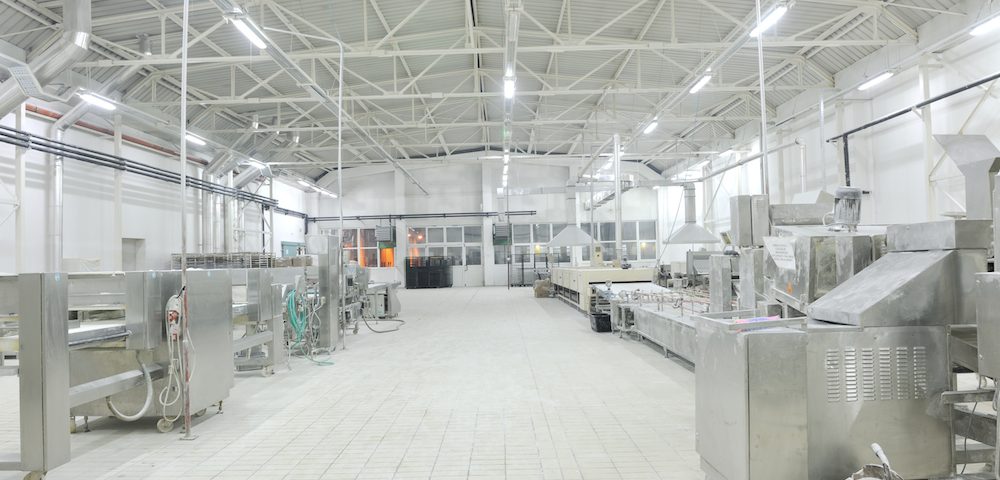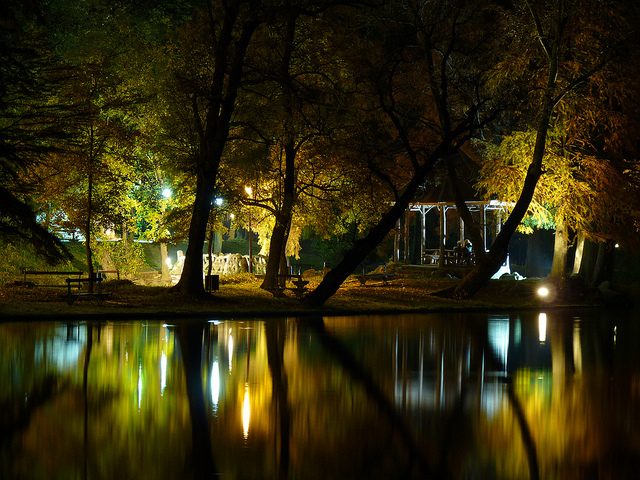Lighting has been around for ages, needed for all kinds of human activity. It has come in different forms in different eras of human history, beginning with fire from the prehistoric times, to electric lighting which has become the standard form of lighting today.
Incandescent light bulbs and compact fluorescent lamps (CFLs) currently dominate the electric lighting market and is widely used by households and businesses alike. But with calls for greener alternatives becoming ever louder, people are now turning to lighting that’s environmentally efficient.
Light-emitting diodes (LEDs) possess a lot of environmentally friendly characteristics that place it ahead of incandescents and CFLs. If you’re a homeowner or business owner who wants lighting that’s effective while still being environmentally friendly and economically sound, here are a few reasons why LEDs are your best option:
Longevity
While relatively more expensive than other types of light bulbs, LEDs are known for their very long lifespans – they can last thrice as long as incandescents and CFLs.
With LEDs, you will be able to get 35,000 to 50,000 hours of efficient lighting, as opposed to incandescents and CFL, which have significantly lower lifespans at 1,200 hours and 10,000 hours, respectively. LEDs are also sturdier and less likely to break on impact than incandescents and CFLs, which adds to their longevity.
Aside from lower maintenance costs, choosing LEDs means fewer replacements, reducing the consumption of manufactured products. This can result to lower consumption of natural resources needed for manufacturing, which is good for the environment.
Energy efficiency
Incandescent light bulbs require 60 watts, more than four times the amount needed to power a CFL, which requires around 14 watts. LEDs, on the other hand, consume 10 watts, making it the least energy-hungry option out of the three. With this you can save up on your energy bills, especially in the long run.
Heat production
LEDs operate at cooler temperatures, unlike incandescents and CFLs, which convert a lot of the energy they consume into heat. LEDs don’t contribute that much to the internal thermal load, which lessens the burden of your building’s cooling system and in turn helps save energy, especially during the warmer parts of the year.
Environmental friendliness
LEDs do not contain potentially harmful chemicals, whereas traditional lighting can contain harmful chemicals such as mercury, which is found in CFLs and metal halide globes.
In its liquid form, mercury evaporates at room temperature, which contaminates the air with tiny particles that, when inhaled, could cause damage especially to the kidneys and nerves.
Also, the fact that LEDs are much more sturdier than CFLs means there are less chances of harmful chemicals contaminating the environment when they are thrown away, unlike CFLs, which break easily.
Versatility
LEDs are easily the most versatile of the three, as these lights could come in different shapes, sizes, colour tones and intensities to serve different functions. Do you want a cooler or warmer colour? There are LEDs for that. Want something you can use with clothing? There are LEDs for that too. How about waterproof lighting? There are LEDs designed as such. The best part is, none of these compromise their environment-friendliness.
No other light bulb in the market fits the description environmentally efficient perfectly like LEDs. With more people becoming more aware of the negative impact of lighting on the environment, LED is slowly working its way toward becoming the standard choice.
If you are interested in LEDs, MatrixLED provides a wide range of products and solutions design to suit your lighting needs, whether at home or in the workplace. Visit our website to learn more about our various LED offerings or get in touch with us for a free consultation.



